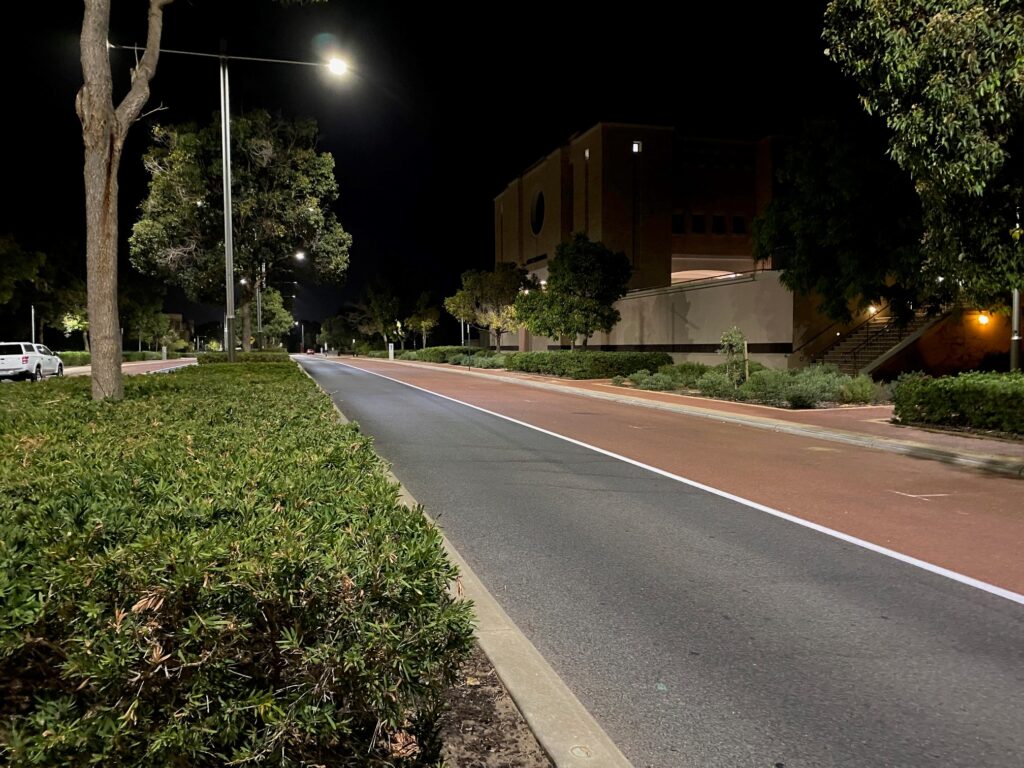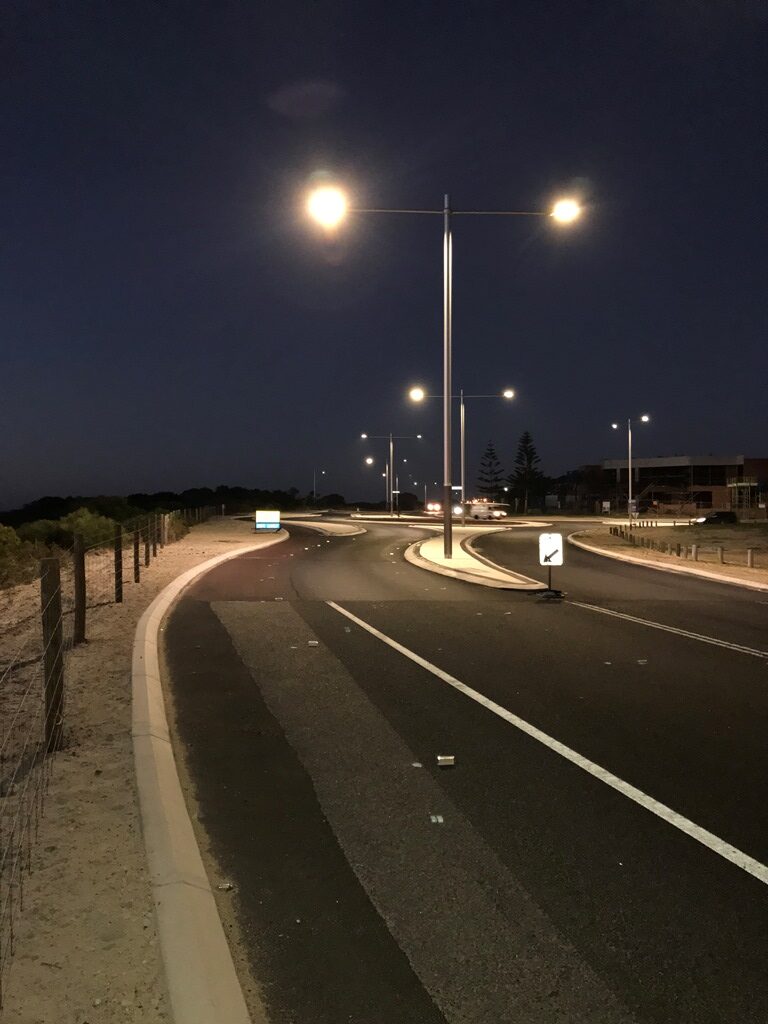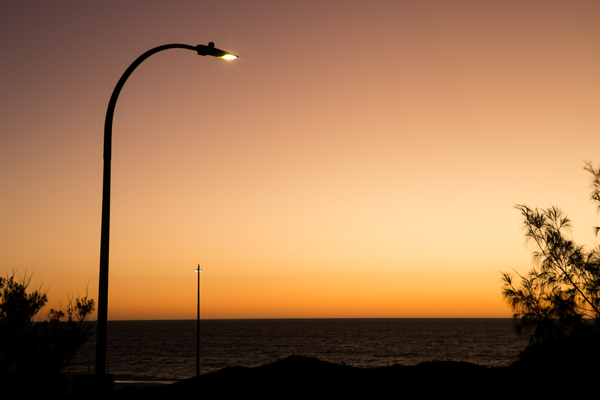By Nico Claassen – Director Infrastructure Services, City of Joondalup
The City of Joondalup is in the fast-growing north-west corridor of Perth, its southern boundary just 15 kilometres from the Central Business District of Perth, and with a population of more than 160,000 across 22 suburbs, the City is one of the largest local governments in Western Australia.
Joondalup has a relaxed, casual atmosphere with a combination of cultural, civic, commercial and residential properties built on the edge of the beautiful Lake Joondalup. Residents and visitors enjoy the cosmopolitan feel and excellent selection of restaurants and cafes, as well as the many beaches and parks to explore.
The region has always attracted people from across the state and around the world, with almost 40 per cent of its people born overseas.
The City currently maintains over 3,000 streetlights, which are all controlled by a wireless lighting controls system. This grows by 1-2% every year, as we add new developments with new lighting, and upgrade works at intersections on V category roads where we remove the existing Distributed Network Service Provider (DNSP) lighting and install City-owned lighting to the current standards.

The DNSP manages the remainder of lighting, which equates to over 15,000 streetlights. The DNSP lighting is a combination of overhead and underground-supplied streetlighting.
Over the years, the City has seen the benefits in owning the street lighting, over the DNSP managing the infrastructure. The City can upgrade the lighting to reap the benefits immediately, most notably, with the conversion to LED lighting and the introduction of wireless smart controls, which the City started to install in 2016.
While the cost for energy has been rising, the City noted that it was saving more than 65% on energy consumption with its own LED lighting installations, compared to the year previous. This prompted the City to look at the bigger picture and further investigate ownership of all the streetlighting.

Our initial approach is to install LED street lighting on the existing infrastructure. Due to the existing spacings, it might be challenging to meet current lighting standards, however, we are using the most up-to-date technology to achieve compliance as close to these standards as we reasonably can.
The annual savings anticipated will then be utilised to improve service levels particularly in the worst identified areas, where the lighting standards need to be improved.
The City has two contractors engaged to look after our lighting – one who looks after the lighting in parks, car parks and laneways, and another that oversees City centre and residential streetlighting.
Having owned residential lighting for many years, we have found many benefits. We can adapt and change to the external environment at a quicker pace, resulting in improved lighting. We can also secure day one energy savings and implement new technology, such as wireless smart lighting controls, as we see fit.
Directly owning lighting can also help us to improve our understanding of residents’ needs and expectations, which in turn helps us to provide a better customer service experience and ensure that we are communicating effectively with all stakeholders.
In late-2021, the Joondalup Council endorsed the City working together with local residents and the State Government, through Western Power, in an effort to completely underground power and improve lighting across its suburbs.
The “Vision for the City of Joondalup Underground Power Program” begins the process of the City scoping projects to bring underground power to specified areas where it is supported by the majority of homeowners, financially sustainable, and justified with a robust business case.
Just over 20,000 properties in the City, approximately 33% of all City properties, are still connected to overhead power lines.
Lighting improvements are also a focus of the project. The City’s preference is to ensure that all streetlights within its boundaries are City-owned, LED smart-metered lights, seeking to maximise their financial and operational benefits.
In already undergrounded areas, converting existing Western Power streetlights to City-owned smart-metered LED street-lighting would result in increased illumination levels and reduced energy use.
The program would make a huge difference to the future of the City with economic benefits, through increased housing values, safety and energy benefits. It would also enable us to have a truly leafy City as it would allow for the planting of proper, mature urban forests.
Energy-efficient LED lighting will also significantly reduce our carbon emissions, so it really is an environmentally responsible initiative.
The City is preparing pilot business cases detailing conversion of areas from overhead power lines to underground power and the installation of LED streetlighting, which will be presented to the Council for consideration in the near future.














